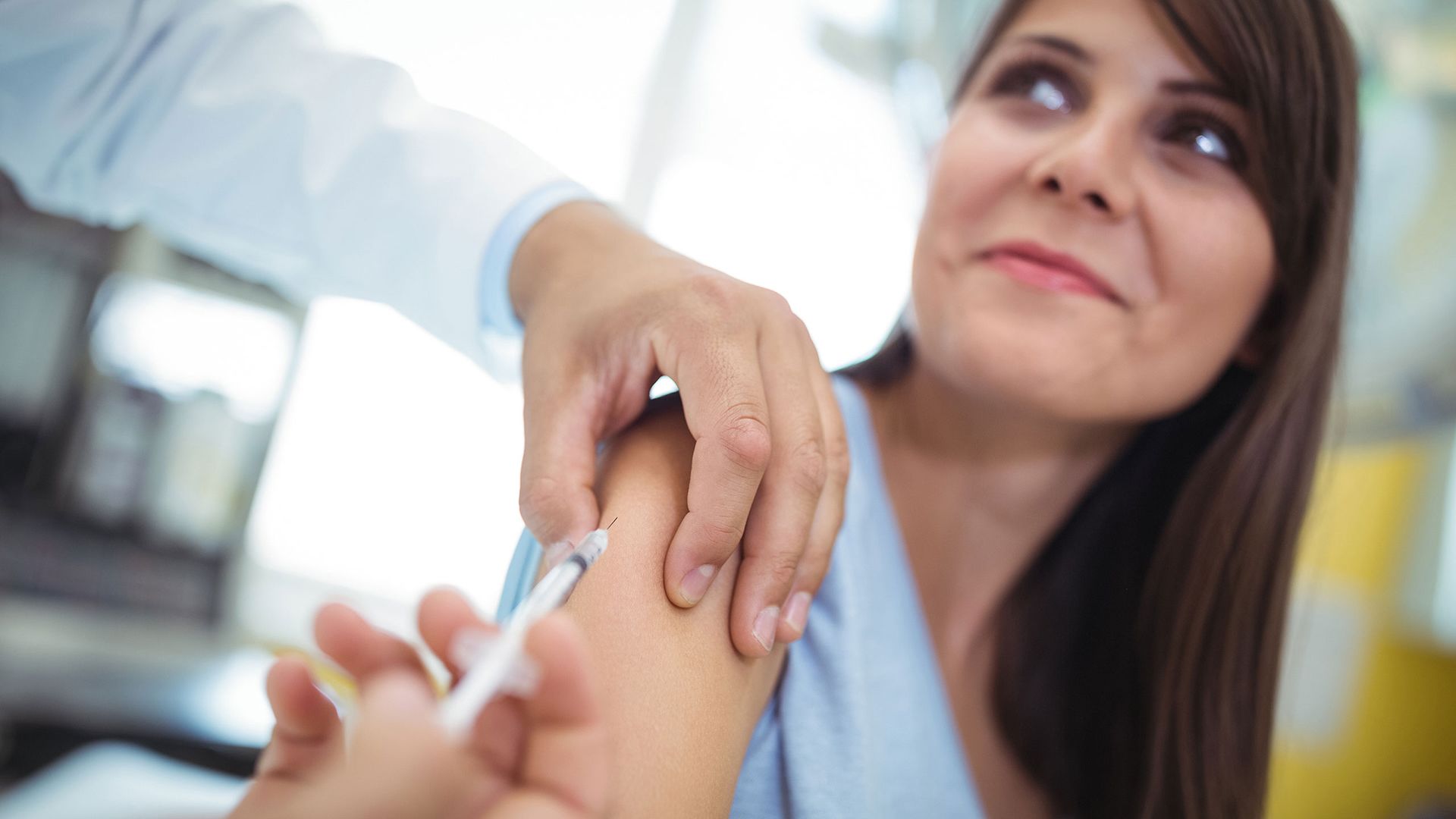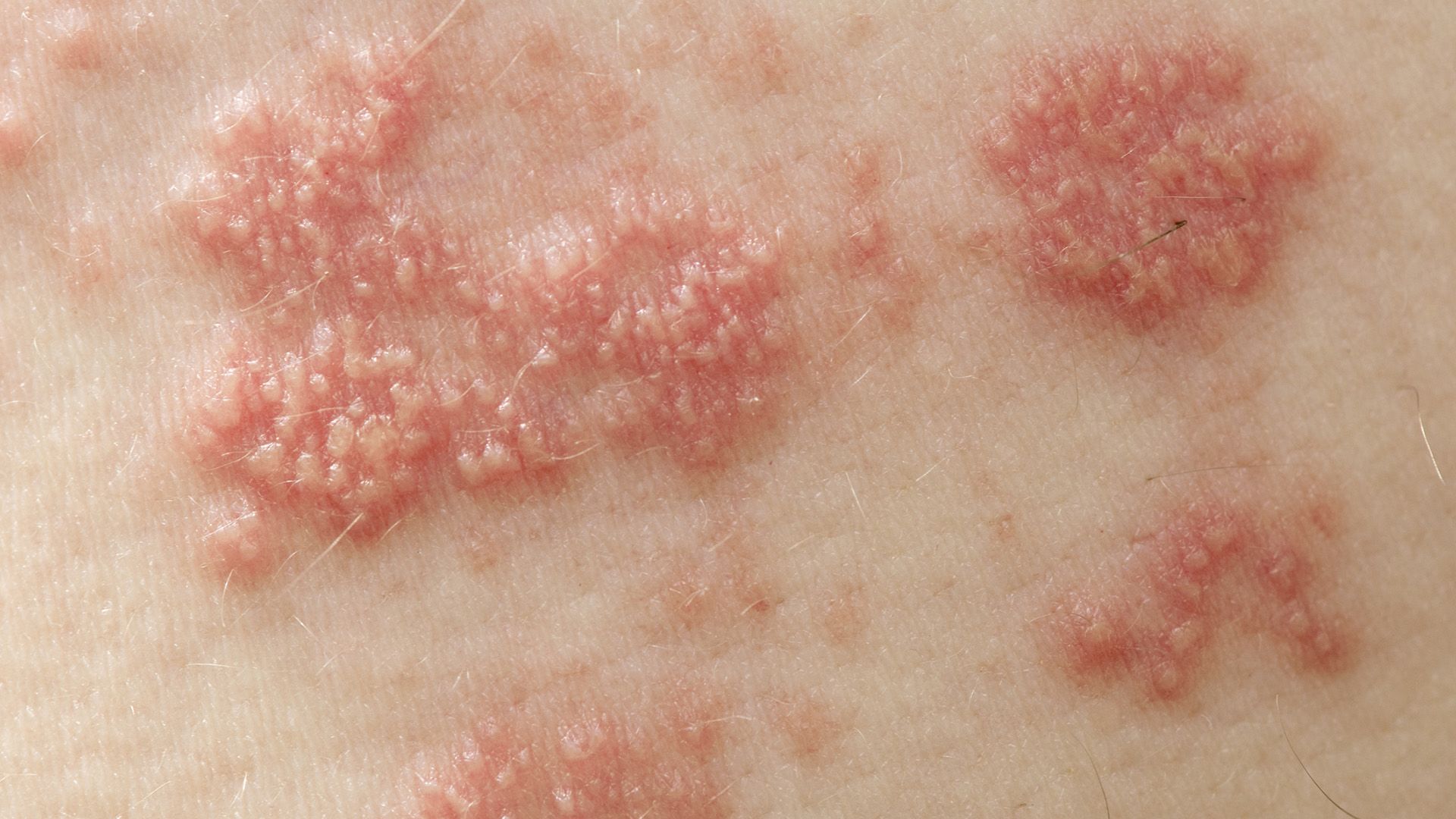If you’re someone who frequents the skin care aisle often, you may have experience with different types of skin conditions. And you may also know that some of these conditions are pretty difficult to tell apart. So how do you know whether you have something that an over-the-counter lotion or treatment can handle or if it’s time to visit the dermatologist’s office for a consult?
Commonly confused skin conditions
Hives. Some skin conditions arise as a consequence of allergic reactions. One such condition is hives, which causes red, itchy areas to develop on the skin. Most cases of hives resolve within a few days or weeks and can be treated with antihistamines. Although food, medications, or insect stings are often the cause of hives, viral and bacterial or other physical factors like cold, heat, exercise, pressure, and exposure to sunlight can also lead to a breakout.
Dermatitis. This condition causes a red, scaly, itchy rash. The most common types are called atopic dermatitis and contact dermatitis.
- Atopic dermatitis (also known as eczema) often begins in childhood and is associated with food allergies, allergic rhinitis (or “hay fever”), and asthma. Corticosteroids and other anti-inflammatory creams and antihistamines can help manage this condition.
- Contact dermatitis occurs when your skin interacts with an irritant and produces a rash that is itchy but not very painful. This condition can also result from an allergic reaction; a common example is the red, blistered reaction caused by touching poison ivy. In most cases, cold soaks or compresses can help relieve the itching, but in more severe cases (like in poison ivy), oral prednisone may be prescribed.
Rosacea. This long-term condition causes reddened skin and pimples to develop and can make the skin look thicker. Other symptoms include redness or a violet tone in the face, swollen or warm skin, and the appearance of small, visible blood vessels. Many people experience dry, swollen eyes or blurred vision, as well. The cause of rosacea is unknown but it may have a genetic component (it may run in families), and is common in menopausal women and those with lighter skin. You can treat this condition with medications that reduce redness and steroid eye drops, if your condition is associated with eye problems.
Psoriasis. Unlike the other skin conditions described, psoriasis is an autoimmune disease, meaning that your body’s immune system mistakenly attacks your own cells and tissues. Psoriasis causes red, discolored, scaly skin that may feel swollen, painful, or warm on the elbows, knees, legs, scalp, lower back, and other areas of the body. Like rosacea, it may have a genetic component. Those with psoriasis are more likely to develop other serious conditions like cardiovascular problems, obesity, high blood pressure, diabetes, or psoriatic arthritis (joint pain and swelling). There are several different types of medications that can help treat flares, or times when your symptoms are worse.
Shingles. The varicella-zoster virus is responsible for both chickenpox and shingles. While chickenpox is characterized by itchy, red spots, in shingles, very painful skin blisters develop on the body or face, usually just on one side. Other symptoms of shingles include fever, headache, chills, and an upset stomach.
If you contracted the chickenpox as a child, some of the virus may have stayed behind in your nerves. If this virus “reawakens” later in life, you may develop shingles, which is associated with several serious conditions. The most common condition associated with shingles is called postherpetic neuralgia, which involves prolonged pain that remains after the blisters have healed. Another potential complication is vision loss.
Antiviral medications and pain medications can be used to manage symptoms associated with shingles. The Centers for Disease Control and Prevention recommends vaccination for those 50 years and older to reduce the risk of developing shingles.
How to tell the difference
The initial symptoms associated with many skin conditions are very similar. Most produce red or discolored itchy bumps on the skin. But it’s important to tell these conditions apart since some (psoriasis and shingles, for example) are associated with more serious conditions and require early treatment.
If you notice changes in your skin consistent with some of these symptoms, ask yourself the following:
- Have you used a new skin product or have you come into contact with an unfamiliar substance (such as poison ivy) recently?
- Does your skin feel warm or painful? Or just itchy?
- Have you ever had chickenpox? Do you work in a place with children (school or daycare center)?
- Have you been exposed to extreme weather recently or have you been exercising more than usual?
- Does rosacea or psoriasis run in your family?
- Are you experiencing any problems with your vision?
While it is difficult to distinguish these conditions, keeping track of symptoms can help your healthcare provider determine your diagnosis and start treatment as soon as possible. If you have any questions about these conditions, do not hesitate to talk to an allergist, immunologist, or dermatologist.





